Case studies of how to assess if the processing of crystalline silica substances is high risk and examples of appropriate control measures to manage the risks.
This case study provides an overview of how PCBUs can effectively communicate when consulting with workers on work health and safety, especially workers from migrant and multicultural backgrounds, in a residential aged care setting.
Safe Work Australia has published the first in a series of case studies focused on managing psychosocial hazards in various industries.
Related information:
Safe Work Australia has published a new labour hire case study.
This case study illustrates 4 key WHS principles that apply to all WHS duties in the model WHS Act and the duty to consult, cooperate and coordinate with other duty holders. Download the case study to learn how the principles apply to labour hire.
Safe Work Australia has published a new case study for the construction industry.
This case study illustrates 4 key principles that apply to all WHS duties in the model WHS Act and the duty to consult, cooperate and coordinate with other duty holders. Download the case study to learn how the principles apply in the construction industry.
Safe Work Australia has published 2 case studies for the franchising and outsourcing industries.
This case study illustrates four key WHS principles that apply to all WHS duties in the model WHS Act and the duty to consult, cooperate and coordinate with other duty holders. Download the case study to learn how Anton applies the principles in the outsourcing industry.
This case study illustrates four key WHS principles that apply to all WHS duties in the model WHS Act and the duty to consult, cooperate and coordinate with other duty holders. Download the case study to learn how Muhammad applies the principles in the franchising industry.
Did you know that under the model WHS Act there are 4 principles that apply to work health and safety duties, including those of persons of persons conducting a business or undertaking (PCBUs)?
The model WHS Act sets out principles that apply to all work health and safety duties under the model WHS Act (sections 13-17).
Download the .ZIP file above for all case studies about the experiences of workers, employers and supervisors in relation to workers’ compensation and how to reduce workers’ compensation stigma.
Read this case study to learn about how taking action to reduce workers’ compensation stigma can result in better outcomes for everyone.
Read the other case studies:
Read this case study to understand more about how an inclusive and understanding workplace supports the workers’ compensation and recovery process.
Read the other case studies:
Read this case study to learn how overcoming judgement and stigma around workers’ compensation benefits everyone.
Read the other case studies:
This case study provides examples of Toowoomba Council’s practical approach to improving early intervention and return to work outcomes for its workers.
This case study provides examples of Williams Seafoods practical approach to improving early intervention and return to work outcomes for its workers.
This case study provides examples of Union Hydraulics practical approach to improving early intervention and return to work outcomes for its workers.
This case study provides examples of Pernod Ricard Winemakers practical approach to improving early intervention and return to work outcomes for its workers.
A person conducting a business or undertaking (PCBU) must, so far as reasonably practicable, identify and manage any risks to health and safety in the workplace.
A person conducting a business or undertaking (PCBU), he has a duty under work health and safety (WHS) laws to minimise the risks to his workers’ health in the workplace.
The transport industry has a high rate of injuries and deaths from workers falling from trucks and trailers.
